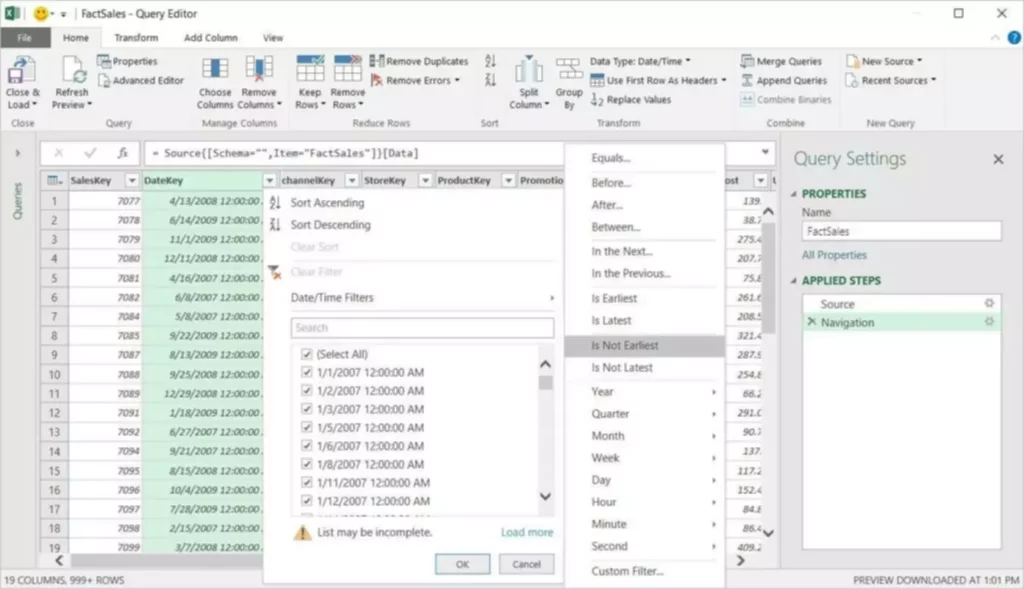The mean can be found using data in a spreadsheet, indicators in a platform, or simply looking at a chart. Although this is true for all types of trading, it is especially important for mean reversion traders. It can take very long until a trading signal occurs and very often you will not see all your entry criteria, but still price goes back to the moving average. Staying away from jumping in late and not trying to chase a trade is very important. Other times, all your criteria line up, but price still keeps on going against you.
Mean reversion strategies
Once you’ve drawn your line, clone the line on the other side of the developing channel. The more channels you study, the better you’ll get at judging the support and resistance sooner in the trend. In this example, we have the 20ema in blue, the 50sma https://forexbroker-listing.com/ in red, and the 200sma in black. For a moment, just visualize all three of these on the chart and their relation to each other. Notice that as the 20ema becomes extended from the 50sma, it often signals a pullback to the 50sma as «check in».
- The best way to create a mean reversion trading strategy is to study trending stocks.
- Trading foreign exchange on margin carries a high level of risk, and may not be suitable for all investors.
- Since a pairs trade involves buying one asset and selling another, you could consider the hedge ratio, which is determined by how much one asset moves relative to the other.
- To our knowledge, mean reverting trading strategies work best for stocks and less for other financial assets (for example, FOREX is more trending than reverting to mean).
- Yes, we have recessions and bear markets along the way but, in the grand scheme of things, the stock market is making a series of higher highs and lows.
Investing in Peer-to-Peer Lending: Risks and Rewards
Each of these has its own specific formula for finding out when an asset’s price is at its extremity and may revert back to the mean. As a caveat, no matter how sophisticated, these signals can only be used as possible indicators of where an asset may move. Indicators like the RSI and stochastic oscillator are commonly used to identify overbought or oversold conditions in currency pairs, signaling potential mean reversion.
Fibonacci Moving Averages Trading Strategy: Backtest and Evaluation
Of course, a trader could enter a long position in the opposite situation. Day traders can use experience to figure what might be deemed as a ‘large’ movement purely through watching markets over time. The act of buying and selling securities intra-day with the expectation of making fast profits within minutes to hours is known as day trading.
#2 Sometimes price does not reverse, but the moving average catches up with price
You’ll want to pay close attention to these events because they often signal reversals. They can be a lot like springs and upthrusts in horizontal channels. When the price acceleration fails back https://forexbroker-listing.com/beaxy/ into the channel, it provides a good entry signal with a definable risk area just above or below the overthrow price area. Sign up now for FREE access to our exclusive trading strategy videos.
In an additional consideration, mean conversion is generally less effective in trending markets than in range-bound markets. Beyond the benefits of flexibility and maneuverability, mean reversion strategy is advantageous because it allows you to trade the market regardless of whether it’s up, down, or even sideways. Up until 2022, we would say much less so than, for example, in stocks.
This strategy is best suited for traders who monitor for significant deviations from historical averages, anticipating a reversal to the norm. Technically, when the price touches or crosses one of the Bollinger Bands, traders may consider it an extreme deviation from the mean, signaling a potential reversal point. The closer the price moves to the outer band, the more overbought or oversold it is considered, legacyfx review hence the higher the chance of reversion. In mean reversion trading, thorough strategy planning and disciplined execution are essential. By focusing on asset selection, risk control, and precise entry and exit points, traders can strive to capture the profit potential that this approach to the markets offers. Market conditions greatly impact the effectiveness of mean reversion trading.
A regression is simply another way of measuring what normal looks like. The chart above shows that the price tends to return to “normal” levels, which in this case is the regression line. Read more about our charting features, which include a wide range of technical indicators and drawing tools. The profit target (the average) is constantly moving, so traders may opt to update it with the completion of every price bar.
So, if the RSI doesn’t cross above 40 after 10 trading days, we’ll exit the trade on the open of the 11th trading day. Alternatively, you can rank the stocks according to their rate of change (ROC) values over the last 50-weeks. As you’ve seen, after stocks make a pullback, they are likely to continue higher.
The strategy I trade currently is very conservative and has a very low exposure to markets. Now when there are no trades, the cash was lying idle & it was not yielding anything. I realised why not put the cash to work by investing into top quality blue chip stocks. If there are any opportunities from my system, I can always take leverage to apply my system. A trader looking to profit from the divergence could buy the underperforming forex pair, while simultaneously shorting the stronger pair. It doesn’t matter to the trader which asset falls or rises, as they seek to profit on the mean reversion.
Conversely, if the current price is above the average, it’s expected to fall. Traders and investors use mean reversion for timing of their respective trading and investment strategies. To establish a trading strategy, mean reversion is often employed as a statistical analysis of market conditions. The theory is also used in options pricing to measure the fluctuation of an asset’s volatility and long-term average. Fast forward to 2018, I had developed my own trading strategy based on Larry Connors concepts.
Traders should define and adhere to stringent risk management rules to protect their capital. This can include setting stop-loss orders beyond the typical fluctuation range or a certain percentage from the entry point. Additionally, using options for hedging can provide a safety net for positions trending unfavorably. Deviation from the mean is usually measured using statistical tools, which signal whether an asset is under or overvalued based on historical data.
For example, stocks are highly mean reverting in the short term, while commodities are much less so. However, the good thing about stocks is that you can successfully apply both momentum and mean-reversion. Moreover, the stock market has many sectors and industries that are not very correlated (business-like). Stock reporting services commonly offer moving averages for periods such as 50 and 100 days. While reporting services provide the averages, identifying the high and low prices for the study period is still necessary. The screenshot below shows the same EUR/USD Daily timeframe with the same moving average.
One might observe this when a stock recovers from a sharp decline during an overall uptrend, hinting that it may revert to align with the prevailing economic growth. Channel trading techniques involve identifying and trading within the channels or trading bands of a stock’s price. Channels, defined by upper and lower bounds, represent the typical range within which the stock price fluctuates. Traders watch for when prices hit the channel’s edge and trade with the expectation of a return to the channel’s median price. This can be observed in stock market trends where prices oscillate within established support and resistance levels, providing potential entry and exit points for mean reverting strategies. Mean reversion strategies involve attempts to generate a profit by trading on an asset as it returns closer to its average and away from an extreme.
Investors and traders tend to buy puts when equity prices go down, and because of this, the put/call ratio can be used as a sentiment indicator for mean-reversion strategies. As said above, a mean reversion trader is looking for opportunities where price has moved away from its mean (or average) price significantly. Usually, the mean price is calculated by using a moving average and applying it to the charts. For example, the chart below shows the EUR/USD Daily chart and a 50 period smoothed moving average. The following is a one-minute chart of the Big Tech share basket, which is an exclusive offering on our platform. While not all movements around the moving are forecastable, many traders could use the average to identify trades in the trending direction.
When you’re day trading, it can be a great tool to target a reversion to the mean. These traders often respond to market overreactions to news or events, which can result in short-term pricing anomalies. For execution, mean reversion strategies typically involve tight stop losses and quick profit-taking to exploit these short-term movements. This approach tends to be more effective in range-bound or sideways-moving markets, appealing to those seeking quick, short-term profits. Mean reversion strategies assume prices and returns eventually return to the mean or average.
With day trading, some traders opt to take trades around a moving average. A commonly used toolkit in the mean reversion strategy is the Moving Average Convergence Divergence (MACD). This technical indicator helps identify the momentum and potential mean reversion points by assessing the relationship between two moving averages of a stock’s price.


